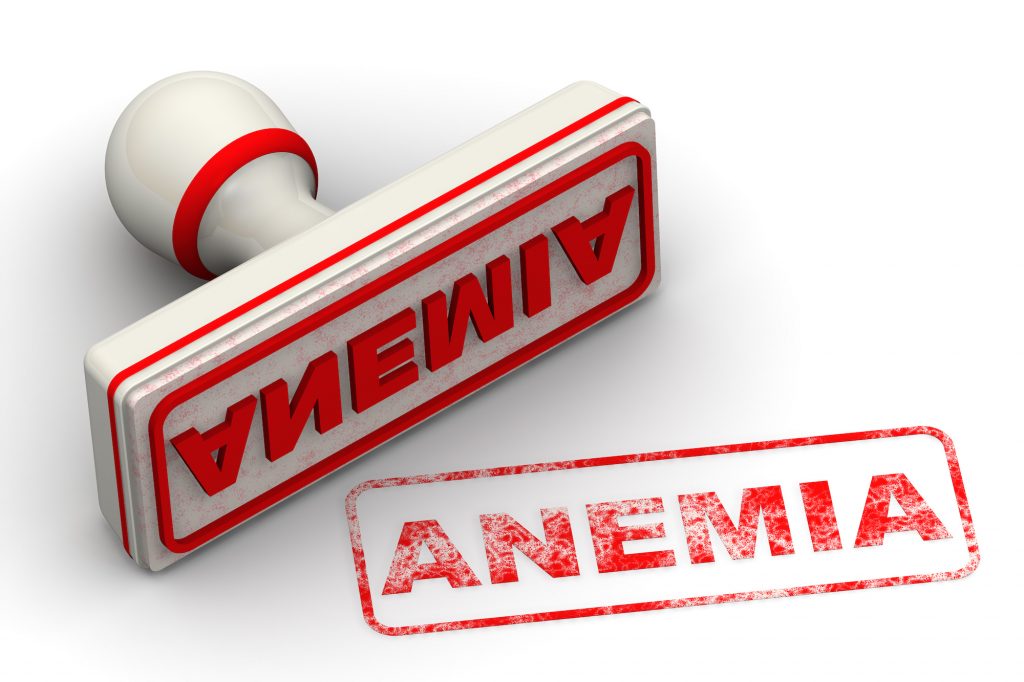Guide to Spotting Gum Problems, Part 2Jun 25 2018
 One of the most common causes of pale gums is anemia, a condition that occurs when the body is not getting enough oxygen-rich blood. Other tissues besides the gums can grow pale when this happens. The afflicted may also experience inexplicable exhaustion or weakness, shortness of breath, pale or yellowish skin, headaches, and heart palpitations.
One of the most common causes of pale gums is anemia, a condition that occurs when the body is not getting enough oxygen-rich blood. Other tissues besides the gums can grow pale when this happens. The afflicted may also experience inexplicable exhaustion or weakness, shortness of breath, pale or yellowish skin, headaches, and heart palpitations.
Causes of anemia vary, from a lack of iron, folate, or vitamin B-12, to having too few blood cells. Not having enough hemoglobin can also lead to anemia, as can very heavy menstruation, pregnancy, liver, spleen, or kidney conditions, hypothyroidism, or sickle cell anemia in which the blood cells are abnormally shaped and stick together. Bleeding in the stomach or intestines, which may result from gastrointestinal ulcers, cancers, abnormal growths, colitis, or swelling of the large intestine, can also be a cause of anemia, as can severe parasite infestation.
For those taking certain medications for chemotherapy or too many nonsteroidal anti-inflammatory drugs, the risk of developing anemia is increased.
Treatment for anemia is relatively simple. Sometimes a person may be prescribed iron pills to take for at least 6 months with food and citrus juices. Eating iron-rich foods, such as dark, leafy greens, and fortified cereals and bread may also help. Hormone medications that lighten menstruation may be used if heavy periods are the culprit. And of course, avoiding foods that interfere with iron absorption in the body such as coffee, tea, alcohol, whole grain products, and dairy products may be recommended.
Recognizing anemia as the source of pale gums is the first step to correcting a problem that could have a long-term impact on your oral health.
Request Appointment